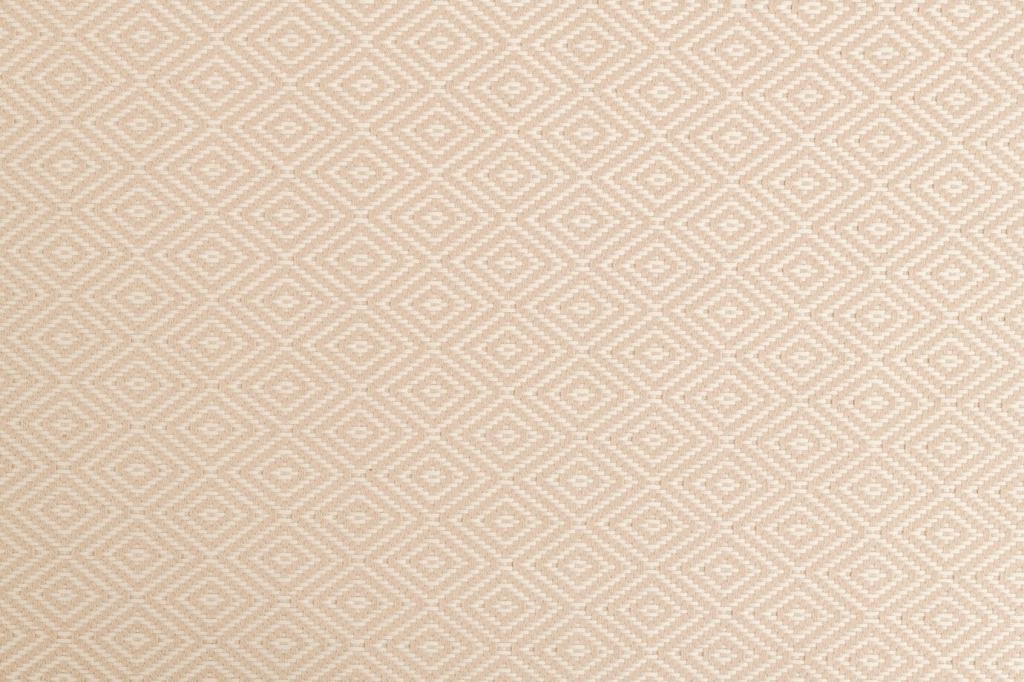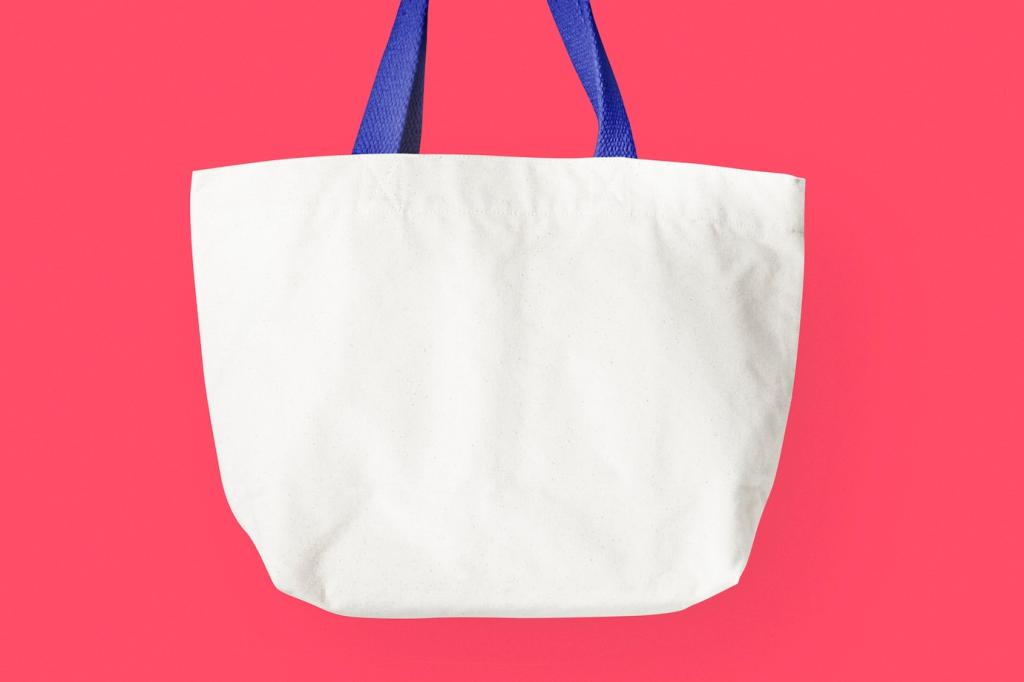Eco-Friendly Alternatives for Home Interiors
Designing a home that embodies both style and sustainability is increasingly essential in today’s world. Eco-friendly interiors offer a conscious approach to living, blending aesthetics, comfort, and environmental responsibility. By choosing sustainable materials, energy-efficient solutions, and natural finishes, homeowners can significantly reduce their ecological footprint. This page explores the latest alternatives and strategies for making your home interior greener, healthier, and more resource-efficient, transforming everyday living spaces into havens of responsible luxury and comfort.
Sustainable Flooring Solutions

Bamboo and cork are two of the most popular sustainable flooring materials. Bamboo grows rapidly, reaching maturity within just five years, and its cultivation requires minimal fertilizers or pesticides. Its natural appearance and impressive strength make it a practical choice for various interior styles. Cork, harvested from the bark of cork oak trees without harming them, provides excellent cushioning underfoot and has inherent antimicrobial properties. Both materials are biodegradable, renewable, and available in a range of styles, making them perfect alternatives for eco-conscious homeowners seeking durable and responsible flooring options.
Low-VOC and Natural Paints
Plant-Based Paints
Plant-based paints use natural oils and resins from sources such as soybean, linseed, or citrus. They contain fewer harmful chemicals and are biodegradable, making them far safer for indoor use. These formulations often have a mild, natural scent and are less likely to cause allergic reactions. With advancements in technology, plant-based paints offer excellent coverage and durability, accommodating an expansive palette of colors for beautifully sustainable walls without compromising on quality or environmental responsibility.
Mineral Paints
Mineral paints, typically composed of chalk, clay, or silicate minerals, provide a non-toxic and highly breathable surface, ideal for homes seeking superior air quality. These paints form a durable bond with masonry, plaster, or concrete and resist mold and mildew growth naturally. Their mineral foundation means that they do not emit VOCs, making them an excellent option for sensitive individuals. Additionally, mineral paints impart a velvety matte finish and a sense of timeless elegance, beautifully complementing eco-conscious interiors.
Low-VOC Acrylic Paints
For homeowners seeking familiar application and fast drying times, low-VOC acrylic paints offer a balanced solution. These formulations reduce the levels of airborne toxins released during painting and curing, contributing to a healthier home environment while maintaining vibrant color selection and coverage. Many reputable brands now label products that meet strict environmental guidelines, helping consumers make informed choices. With enhanced chemical safety and a variety of finishes, low-VOC acrylic paints bring vibrant style to walls while supporting responsible design.
Recycled Metal and Glass Furniture
Furniture made from recycled metal and glass diverts materials from landfills and gives them new life through inspired design. Tables, shelves, and decorative objects constructed from reclaimed steel, aluminum, or glass shards offer unique patterns, textures, and hues. These pieces are durable and easy to maintain, making them ideal for busy households. Embracing recycled materials not only preserves natural resources but also results in striking statement pieces with a story behind every curve or angle, affirming your commitment to sustainable living.
Upcycled Vintage Pieces
Upcycling vintage furniture injects personality and sustainability into home interiors. By restoring or creatively transforming existing chairs, cabinets, or tables, homeowners keep valuable items out of the waste stream while adding one-of-a-kind charm. Upcycling might involve refinishing wood, reupholstering with eco-friendly fabrics, or repurposing old objects for new functions. Each piece becomes a testament to craftsmanship and ingenuity, forging a deep connection with the past while serving today’s functional needs with environmental awareness.
LED and OLED Innovations
LED and OLED technologies represent the forefront of energy-efficient illumination. LEDs use a fraction of the energy consumed by traditional incandescent or halogen bulbs and boast impressive lifespans, reducing the frequency of replacements. OLEDs, or Organic Light Emitting Diodes, offer soft, diffuse light and ultra-thin fixture profiles for modern aesthetics. More importantly, both technologies emit minimal heat and contain no mercury, making them safe for indoor environments. Transitioning to LED or OLED lighting minimizes carbon emissions and supports a sustainable lifestyle without sacrificing visual comfort or flexibility.
Solar-Powered Lighting
Solar-powered lighting harnesses the sun’s energy to brighten interiors and outdoor spaces alike. Modern solar fixtures store energy during the day and automatically provide illumination at night, reducing grid dependence and operational costs. While often used in outdoor areas, clever designs are integrating solar modules into interior lamps and accent lights. By using renewable energy directly, solar lighting reduces reliance on fossil fuels and supports resiliency during power outages, making it a forward-thinking solution for eco-friendly homes.
Smart Lighting Systems
Smart lighting systems optimize energy use by allowing homeowners to control brightness, timing, and even color temperature via smartphones or automated schedules. These systems often utilize energy-saving LED bulbs and can adapt to occupancy patterns, ensuring lights are only on when needed. Integrating sensors and timers further refines efficiency, reducing unnecessary consumption and utility bills. Smart lighting not only enriches convenience and modern style but also plays a significant role in achieving energy-conscious living without compromising function or atmosphere.
Organic Cotton and Linen
Organic cotton and linen are prized for their gentle production methods, avoiding harmful pesticides and synthetic fertilizers. These fabrics retain their natural softness and breathability, making them ideal choices for bedding, curtains, and upholstery. The cultivation of organic fibers supports soil health and reduces water pollution, ensuring that the impact from farm to home remains minimal. Choosing certified organic textiles brings peace of mind, comfort, and crisp, classic style to every living space.
Hemp and Bamboo Fabrics
Hemp and bamboo textiles are championed for their rapid renewability and resilience. Grown with minimal water and little to no chemical intervention, these fibers yield strong, lightweight, and naturally antimicrobial fabrics suited for everything from towels to upholstery. Hemp offers a rustic, casual texture, while bamboo boasts a silky feel and gentle luster. Incorporating these sustainable textiles into your interior design enhances both the luxury and integrity of your home, supporting environmental stewardship without compromising on durability or beauty.
Recycled Polyester and Upcycled Fibers
Textiles made from recycled polyester or upcycled fibers give new purpose to post-consumer plastics and textile scraps, reducing landfill waste and curbing the demand for virgin resources. Technological advances ensure that these fabrics can match, or even exceed, the performance and appearance of traditional materials. They’re now available in a wide variety of colors and textures suited for throws, cushions, and drapes. Using recycled textiles not only closes the loop on waste but also supports a more circular, responsible approach to interior décor.

Water-Based Sealants and Stains
Water-based sealants and stains rely on water as a carrier rather than solvents, dramatically lowering VOC emissions. They dry quickly, emit minimal odors, and clean up easily with soap and water. Advances in formulation offer comparable durability and richness to traditional options, making them suitable for floors, cabinetry, or trim. By choosing water-based products, homeowners ensure that protective treatments contribute to a cleaner, healthier living space while reducing the environmental impact from manufacturing to end-of-life disposal.
Plant Oil and Wax Finishes
Finishes based on plant oils and natural waxes bring out the inherent beauty of wood while providing practical protection against daily wear. Linseed, tung, and walnut oils penetrate deeply to nourish and preserve timber, while beeswax or carnauba wax imparts a gentle, natural sheen. These finishes are free from fossil-based ingredients and synthetic chemicals, supporting sustainability and safe handling. Their ability to enhance and maintain wooden surfaces through occasional reapplication aligns perfectly with an eco-friendly lifestyle.
Clay and Lime Plasters
Natural wall finishes like clay and lime plaster deliver timeless texture and environmental benefits. Both materials are sourced locally and processed with minimal energy compared to conventional drywall or synthetic plasters. Clay and lime breathe, regulating humidity and improving indoor air quality by absorbing pollutants. Their artisanal application creates a sense of depth, warmth, and individuality within any space. These biodegradable finishes naturally age with grace and can be repaired with ease, making them ideal for healthy, sustainable interiors.
Water Conservation and Indoor Greenery
Installing low-flow faucets, showerheads, and dual-flush toilets significantly reduces water consumption without sacrificing functionality or comfort. Modern fixtures are engineered to deliver optimal pressure and performance while using up to 50% less water than standard models. High-efficiency dishwashers and washing machines employ advanced sensors and cycles to further cut water usage. These upgrades translate into lower utility bills, resource conservation, and a major step forward in building environmentally responsible homes.

Engaging with local artisans for furniture, textiles, or decorative accents not only supports small businesses but also keeps traditional techniques alive. Artisans typically use regional materials and craft each piece with attention to detail and minimal waste. By purchasing directly from makers, homeowners ensure a traceable, transparent supply chain while infusing interiors with stories, artistry, and regional identity. This approach builds meaningful connections and fosters a vibrant, sustainable design community.

Join our mailing list
